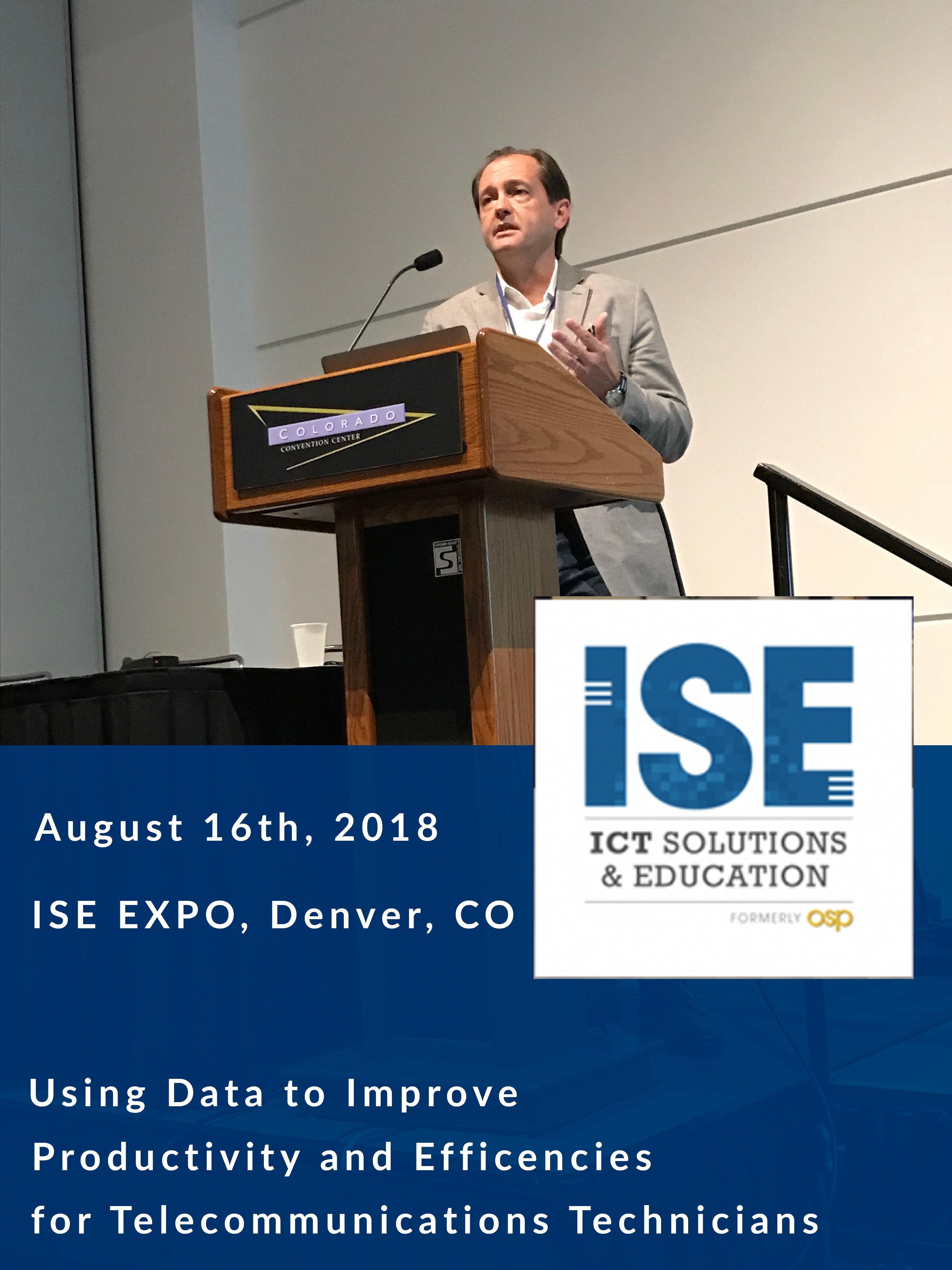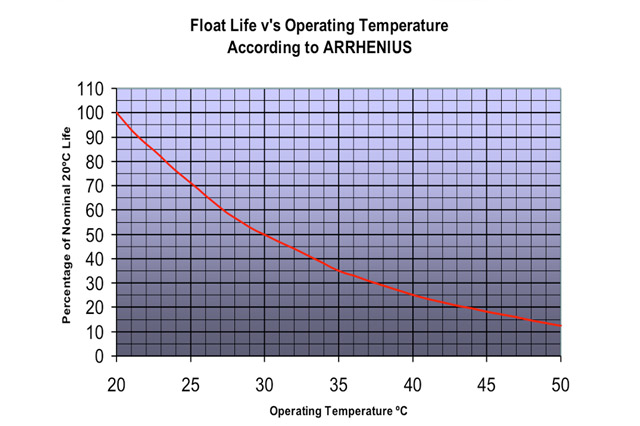The Connect America Fund Phase II promises to deliver over $10 billion for rural broadband development. Here's a recap of where the program came from.
This year will mark the first year that money will flow from the Connect America Fund II (CAF II) to telecommunications companies for the purpose of increasing broadband connectivity across the country. The FCC has completed its allocation plan with 10 carriers receiving over $1.5 billion per year for the next six (and possibly a seventh) years. The impact of the CAF II program will be determined by the companies putting the money to work and remains to be seen. Here we look at where this massive cash program came from.
A Brief History of the Connect America Fund
The Connect America Fund could reasonable be traced back to the early 20th Century when the U.S. government first began to regulate the fledgling telephone industry. After several decades of less coordinated regulation, the landmark Communications Act of 1934 first codified a call for “rapid, efficient, Nation-wide, and world-wide wire and radio communication service with adequate facilities at reasonable charges.” The act also created the FCC but despite the new regulation efforts, there was no funding mechanism for growth of communications access until the 1990s.
The Universal Service Fund (USF), the umbrella program to CAF, was created with the Telecommunications Act of 1996. It’s worth noting that the 1996 act was a major landmark for the industry as it incentivized market leaders to invest much more rapidly in telephone and broadband services. Since 1996 broadband providers have invested about $1.5 trillion into building landline and wireless networks.[1]
The goals of Universal Service are to ensure equitable access to necessary telecommunications services “including [for] those in low income, rural, insular, and high cost areas, at rates that are reasonably comparable to those charged in urban areas.” The new fund would ask telecommunications service providers to contribute to the fund, which would then provide funding through four different programs:
- High-Cost Support: Later renamed Connect America Fund, the purpose was to support modern voice and broadband service to rural, insular, and high-cost areas that may not have made ordinarily made sense for telecommunications companies to invest in.
- Lifeline: Actually started in 1985 and rolled into the USF in 1996, the Lifeline program aimed to provide low-income consumers with the security and advances phone service affords.
- Schools and Libraries: Also known as the E-rate program, schools and libraries are eligible to apply for discounts on eligible services.
- Rural Health: Reinvented several times in the face of continuing changes to remote and mobile health services, the purpose remains the same: ensure Healthcare Providers have access to affordable broadband services necessary for providing modern health services.
Those involved in creating these programs could not have expected the colossal transformation that would occur in industry with the rise of mobile phones, and many of the programs would change substantially.
By 2009, major telecommunications companies had come together with the House Subcommittee on Communications, Technology, and the Internet to provide recommendations. To address the burgeoning need for Internet access, in October 2011 the FCC proposed a re-envisioning of the Universal Service Fund and created a new vehicle for infrastructure investments, the Connect America Fund. CAF would be a $4.5 billion a year fund to support broadband development across the country.
The Connect America Fund to Date
From the outset, it was expected that CAF would provide funding in two phases. Phase I, which began in 2012 and ended in 2013, provided immediate funding for fixed broadband to unserved areas. This support included frozen legacy programs (the high-cost program) and an additional $300 million. The requirements? According to the Universal Service Administrative Company’s (USAC)[2] website “Carriers that elect to receive this additional support must provide broadband with actual speeds of at least 4 Mbps downstream and 1 Mbps upstream.”
Through Phase I in 2012 and 2013 CAF paid out $4.15 and $4.17 billion respectively, paving the way for Phase II. According to the FCC’s original October 27, 2011 order, the FCC expects CAF Phase II to “support deployment of networks providing both voice and broadband service for five years. We expect that the CAF will expand broadband availability to millions more unserved Americans.”
In April 2014 the FCC adopted a new order outlining an updated bidding process for CAF funding. This was followed in December 2014 by a second order, which finalized “the decisions necessary to proceed with the offer of support to price cap carriers in early 2015, thereby paving the way for the deployment of new broadband infrastructure to millions of unserved Americans.” In 2015 the FCC announced funding for 10 carriers totaling more than $1.5 billion per year.
The funds are slated for annual disbursement for six years. Leading the way among recipients of funding is CenturyLink, accepting $505 million followed closely by AT&T, accepting just shy of $428 million. Frontier and Windstream accepted $283 million and $175 million respectively. Verizon, with the intention of selling Texas and California subsidies to Frontier, accepted money on behalf of the carrier. FCC Chairman Tom Wheeler has called the funding a “significant step forward in narrowing the rural-urban digital divide.”
The carriers are already receiving money, but it seems to be fair to say that most of them are not yet sure how to allocate the money. Certainly there are network demands in nearly every direction. Faster speeds, greater coverage, improved reliability, etc. One thing is clear: the seemingly endless supply of new technologies to deliver better connectivity is in stark contrast to the relative dearth of new ways to improve power reliability. Servato is working to change that.
Servato offers a solution for backup battery management that extends battery life and allows for advanced remote monitoring. Servato is currently working with companies in the telecom, power, transportation and solar to protect ensure backup power reliability through Active Battery Management.
For More information, visit the FCC's site: https://www.fcc.gov/general/price-cap-resources#p2
Sources:
[1] http://thehill.com/blogs/congress-blog/technology/268452-happy-anniversary-96-telecom-act
[2] According to the FCC, the “USAC reviews companies' claims for support to ensure they are consistent with FCC rules.”












